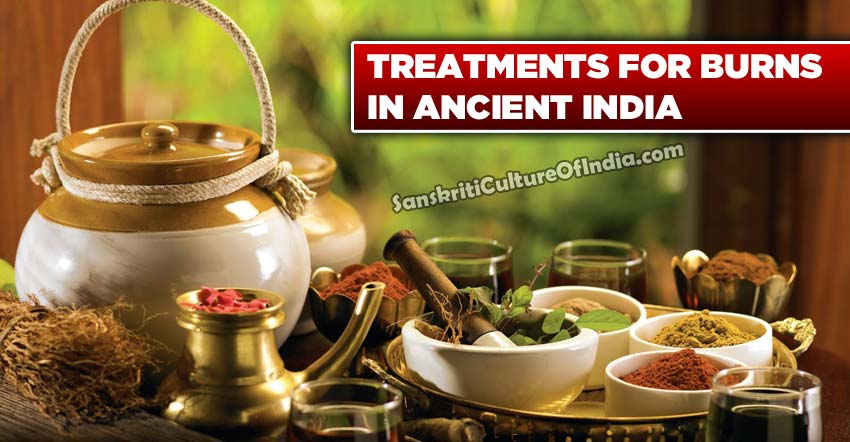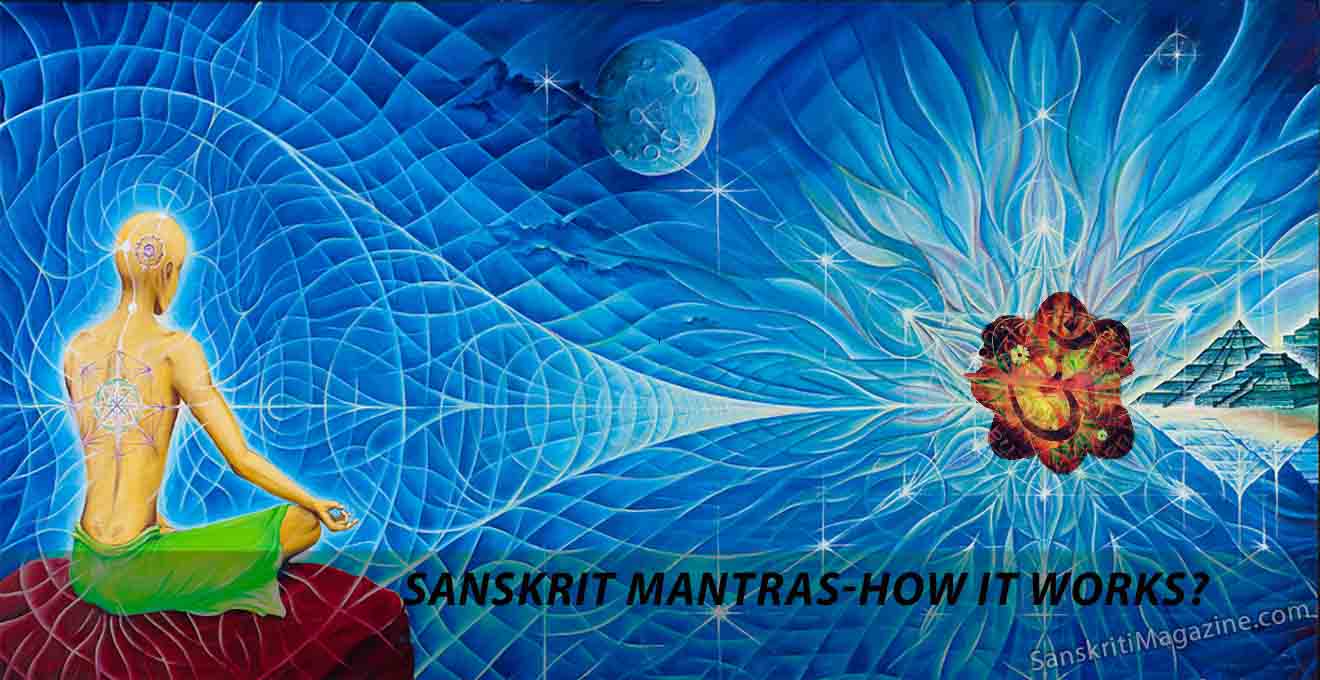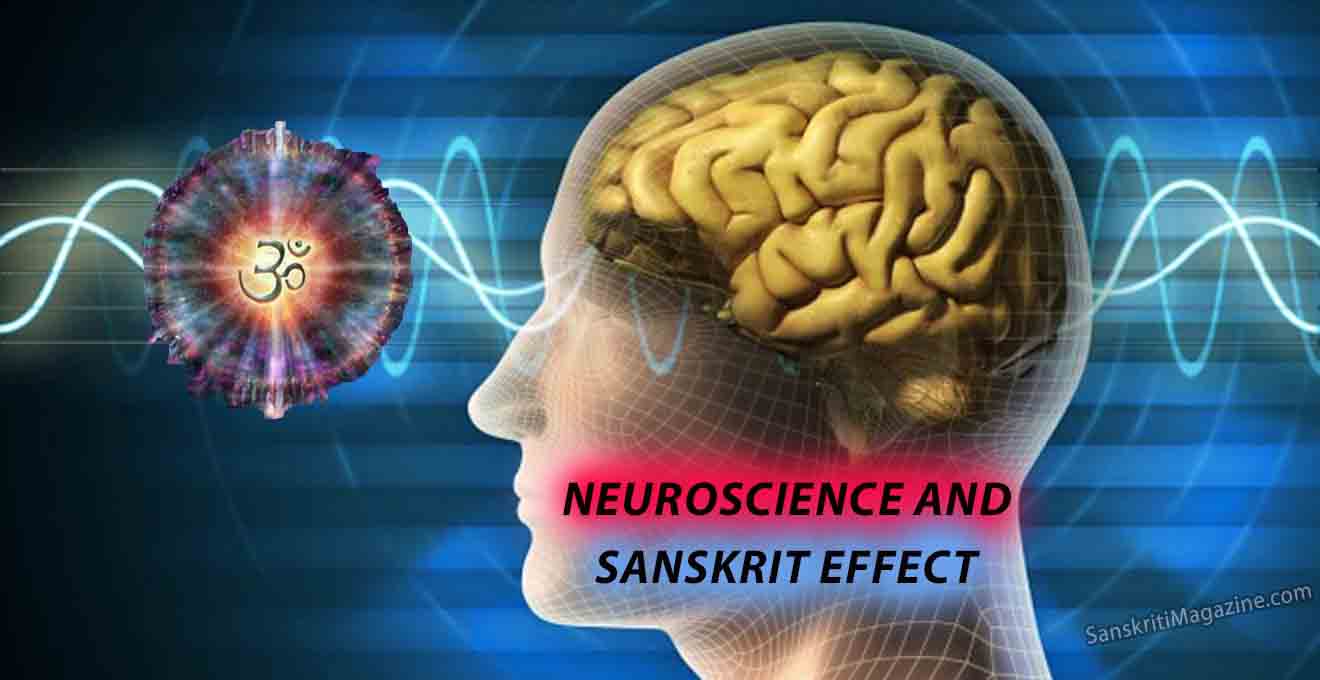[hr]
Surgery in ancient India was highly advanced, much more than in any other country at that time. Its proof is available in Susruta Samhita, one of the main treatises of Ayurveda, which is presented here.
Susruta Samhita was written about 2500 years ago at Varanasi in Sanskrit by Susruta, the Father of Surgery. Because of the language problem it has been mostly unknown so far, except for occasional references like the Indian method of rhinoplasty, etc. Therefore the author, as the Chief Editor, formed a team taking help from over 25 Ayurvedic scholars and orientalists at the Banaras Hindu University and for the first time did an authentic syntax translation of all the 186 chapters of this classical Ayurvedic surgical treatise into English using modern medical terminology and adding comments, footnotes, research aspects, etc. during the last 21 years. All this work is being brought out as Ancient Indian Surgery series (1 – 12) in 12 volumes of over 5000 pages (10 volumes of text, 11th on Drugs and 12th a ‘Synopsis’ of the whole in collaboration with Dr. T. J. S. Patterson, the Plastic Surgeon at Oxford University, England and a Historian of Medicine at the Welcome Unit for the History of Medicine there).
Ancient Indian Surgery series (Sustruta Samhita) deals with all aspects of the medical science with an emphasis on surgery. It contains chapters on Fundamentals of Ayurveda, Plastic Surgery, Pharmaceutics, Anatomy, Physiology, Pathology, Diagnosis and Treatment of all types of diseases like neurological, piles, fistula – in – ano, urolithiasis, thyroid, breast, tumours, skin, lymph nodes, oral, fractures, dislocations, bowel disorders, chest lesions, etc., Rejuvenative and Restorative therapies, Toxicology, Ophthalmic and Otorhinolaryngological diseases, Paediatric and Gynaecological disorders, Symptomatic management for the surgeons, e.g for fever, hiccough, retention of urine, cough, alcoholism, etc. and with the psychiatric disorders.
Based on the above historically revolutionary, colossal, monumental and encyclopedic work as glimpse of some contributions of Susruta in the field of accidental burns and allied conditions are being given.
I. Burns and Scalds
Susruta’s descriptions on this topic can broadly be grouped under Therapeutic and Accidental. The therapeutic application of burn is given under the headings of cauterisation – thermal1 and chemical2: these will be dealt with in another communication.
Following is an exact account of Susruta’s teachings on accidental burns.
“Now hereafter we would describe the signs and symptoms of burn caused otherwise (than therapeutic). Heat produces burn either through the dry3 or the wet4 media. The liquid at high temperature burn the skin, etc. rapidly as they penetrate along the minute pores5; that is why the burns caused by the liquid6 media are more painful”.
(S. S. I. 12. 15. : FPC p. 200)
Classification of Burns
“There are four degrees of burn: plusta (singeing), durdagdha (blister formation), samyagdagdha (superficial) and atidagdha, (deep burn)”.
Plusta Burn (First degree):
“Out of them where there is discolouration and excessive singeing, that is called plusta burn.”
Durdagdha Burn (Second degree):
“That burn is called durdagdha where blisters are formed, excessive sucking pain, burning sensation, redness, inflammation and agony are present and which takes a long time to heal”.
Samyagdagdha Burn (Third degree):
“That burn is called samyagdagdha which is not very deep, is of the colour of the palm fruit, and where the morphology is maintained in addition to the foregoing symptoms and signs”.
Atidagdha Burn (Fourth degree):
“Atidagdha (deep burn) is that burn where muscles are hanging, disorganization of the affected part takes place, severe destruction of vessels, nerves, joints and bones occurs, and which is further complicated by the presence of fever, burning, thirst and unconsciousness; it takes a long time for such wounds to heal and even after healing they remain discoloured.
The management done after realising the above mentioned four degrees? of burns is very helpful”.
(S. S. I. 12. 16: FPC p. 201)
Pathogenesis of Burn
“These (verses) are quoted here:
The blood of living beings, excited by fire (heat) gets severely aggravated: then with the same force, the pitta also gets excessively deranged. As both of these (blood and pitta) are similar in potency with regard to taste and constituents, there is naturally sever pain and burning sensation; also blisters form rapidly and fever and thirst make (the patient) suffer”.
(S. S. I. 12, 17 – 19 / 1 : FPC p. 202)
Management of Burn
“Now we would describe the management to cure the burn”.
(S. S. I. 12. 19 / 2 : FPC p. 202)
Management of Plusta Burn:
“The treatment of singeing is to warm it by heat and to apply medicines having heating effects7, because when the body gets heated, the blood becomes fomented and water being cool by nature, readily makes the blood thick. Hence the application of heat is helpful and never that of the cold8.”
(S. S. I. 12. 20, 21 : FPC 202)
Management of Durdagdha Burn:
“The doctor should carry out both the heating and the cooling treatments in cases of durdagdha burn (burns with blisters). But anointing of ghee and the (liquid) sprinklings should be done in the cold state only.”
(S. S. I. 12. 22. FPC p. 203)
Management of Samyagdagdha Burn:
In cases of samyagdagdha burn, a demulcent ointment made up of tugaksiri, plaksa, red sandal wood, gairika, amrta and ghrta should be applied by the doctor.
Minced flesh of domestic, swampy and aquatic animals should be applied as a paste. If there is severe incessant burning, the management should be done as for a paitika (abscess).
(S. S. I. 12. 23, 24 : FPC. p. 203)
Management of Atidagdha Burn:
In the atidagdha burn (deep burn), after excising the withered tissues, cooling treatment should be carried out by the doctor and then fine strained powder of rice mixed with pieces of the bark of tinduka9 or else mixed with ghee should be anointed. The ulcer should be kept covered by the leaves of guduci or by those of aquatic plants. The enitre treatment should also be done by the doctor as for paittika cellulitis.
(S. S. I. 12. 25 – 27/1 : FPC p. 203, 204)
Healing Ointment for All types of Burns
Beeswax, madhuka, rodhra, sarjarasa, manjistha, sandal wood and murva should be powdered and then cooked with ghrta. This receipe is good for healing all types of burns10.
(S. S. I. 12. 27/2, 28 : FPC p. 204)
Treatment of Scalds
In scalds, the dry treatment11 should specially be carried out.
(S. S. I. 12. 29 / 1 : FPC p. 204)
II. Dhumopahata (Suffocation by Smoke)
Now we would described the clinical features of one overcome (suffocated) by smoke.
Dyspnoea, excessive sneezing, tympanitis, cough, burning sensation and redness of the eyes, smoke in the expired air, no perception of any other, smell, and similarly no recognition of any taste, dull hearing, thirst, burning and fever, depression and fainting: these are the clinical features of one suffocated with smoke. Now listen to the management of the same.
(S. S. I. 12. 29 /2 – 32: FPC p. 204, 205)
Management of smoke poisoning
(S. S. I. 12. 33 – 37)
i) Emesis: Ghee, sugarcane juice, grape, milk or sugar – drink or any other sweetned sour drink may be given in order to induce vomiting.
By vomiting there is cleansing of kostha12 (stomach and respiratory tract) and smoky smell vanisehs. By the same method (i.e. vomiting) depression, sneezing, fever, severe burning, fainting, thirst, tympanitis, dyspnoea and severe cough inside.
ii) Gargles: By doing gargles with sweet, saltish, acidic and bitter substances, proper perception of senses returns and a sense of well – being is obtained.
(S. S. I. 12. 35 / 2, 36/1 FPC. p. 206)
iii) Errhines: Errhines for cleansing the head should also be adminstered to the patient properly by the expert.
(S. S. I. 12. 36/2: FPC p. 206)
iv) Diet: The patient’s vision and the head and the neck13 thus get cleared. Bland, light and demulcent diet should be prescribed for them.
(S. S. I. 12. 37 : FPC. p. 206)
III. Heat Stroke, Frost Bite and Lightning Burns
Cooling treatment should always be the method of treatment for those afflicted with hot winds and sunstroke. Hot and oily application, however are preferable for those afflicted with frost bite.
In cases of severe sunstroke there is no chance of success, as also in lightning burns; and if someone survives, management should be done by the doctor with oil massage, sprinklings and tub baths.
(S. S. I. 12. 38, 39 : FPC p. 206, 207)
~ G.D. Singhal
———————————————————————————————-
1. Burns are caused by dry heat.
2. Scalds are caused by moist heat such as steam, boiling oil, etc.
3. Penetration of skin through its pores by a hot liquid is certainly likely to cause a deeper burn
4. as compared to a dry heat burnt at the same temperature. This point does not seen to have been considered so much by the modern specialists.
5. Here the word sneha refers to liquids such as oils, fats and water. All of them are capable of passing through the minue pores of skin by capillary action and otherwise.
6. Cf. Dupuytren’s classification and modern classification.
7. Counter – irritants.
8. The quantum of heat required to produce singeing would coagulate the proteins of skin, nearby tissues and of the flowing blood. Application of cold has been claimed to thicken it further in presence of the damaged vessels. Emphasis has been laid that heat, on the otherhand, would produce opposite effects. The point certainly is worth a scientific trial.
9. Contains a lot of tannic acid. Used these days for hardening animal hide and skin, also to make leather.
10. Cf. modern closed method of dressing of burns.
11. Open method of dressing burns.
12. Includes stomach as well as lungs in this reference, in addition to various other structures.
13. Sinuses and passages in the head and the neck.
Abbreviations
A.I.S. – Ancient Indian Surgery
S. S. – Susruta Samhita
I – Sutra-sthana (1st Canto) AIS vols 1 and 2.
II – Nidana – sthana (2nd Canto) AIS vol. 3.
III – Sarira – sthana (3rd Canto) AIS vol. 4
IV – Cikitsa – sthana (4th Canto) AIS vol. 5 and 6.
V – Kalpa – sthana (5th Canto) AIS vol.7.
VI – Uttara – tantra (6th Canto) AIS vol. 8, 9 and 10.
Arabic numeral immediately after the Roman one indicates the chapter concerned. The last
Arabic number indictes verse / stanza number.
Thus S. S. I. 12. 3 – 14 means 3rd to 14th versss / stanzas of the 12th chapter of 1st Canto (vol 1 of AIS series) of Susruta Samhita.











